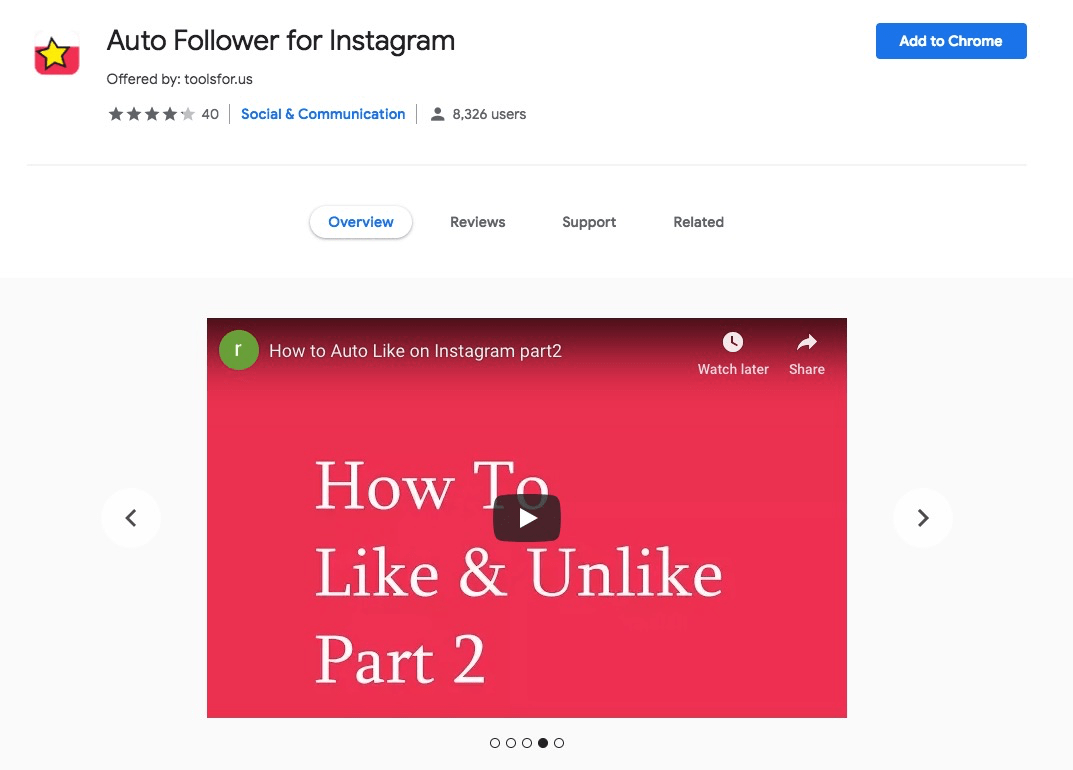

Of particular relevancy to robotic applications is the fact that stems bearing tendrils and tendril-like structures and stems with the ability to intertwine have evolved multiple times in phylogenetically unrelated plant lineages, which provides circumstantial evidence for convergent adaptive evolution by means of natural selection. This “existence of proof” in the natural world provides many insights into potential innovative robotic solutions to similar problems. In particular, numerous climbing plants grow and deploy tendrils or tendril-like structures on their very thin stems, and use these organs to reach out to and stabilize stems via connection with structures in their surrounding environments ( Putz and Mooney, 1992 Bohn et al., 2015 Schnitzer et al., 2015), or they intertwine individual stems to form braid-like structures to bridge gaps between supports. To meet them, plants have evolved a variety of structures and growth strategies. Many plants experience similar challenges. Although necessary to enable their envisioned applications the thin profile (lengths of a meter or more, with length to diameter ratio of 100 or more) of these structures renders them highly susceptible to undesired and uncontrollable shape changes as a consequence of external loading (gravity, air currents, environmental contact, etc.). The challenge of shape regulation is magnified in long, thin variants of continuum robots ( Walker, 2013b). However, regulating the shape of these robots can be challenging, given that only a finite number of actuators can be applied to control the (theoretically infinite) degrees of freedom present in the backbones. This feature allows them to adapt to and penetrate cluttered and tight spaces. Continuum robots feature continuous, compliant backbones that can change shape (bend and often extend/contract) at all locations along the structure. In recent years, however, the need to navigate within narrow, sensitive, and congested environments has motivated the development of a new class of “tongue, trunk, and tentacle” robots, collectively termed continuum robots ( Walker, 2013a).

The rigidity of the links and the ability to directly control the joint angles have enabled accuracy and repeatability that has made robots highly successful in numerous applications, notably in assembly operations within highly structured factory environments. Traditionally, the structures of robotic appendages (arms, legs, fingers) have been based on interconnected rigid links, with the shape of the structures variable at only a small, finite number of locations (joints) ( Siciliano and Khatib, 2016). The practical applications of the resulting GrowBots is discussed in the context of space exploration and mining operations. These contributions to robotics are motivated by new insights into plant tendril and intertwining mechanics and behavior. In this paper, we present new plant-inspired robotic tendril-bearing and intertwining stem hardware and corresponding novel attachment strategies for thin continuum robots. One highly effective solution adopted by such plants features the use of tendrils and tendril-like structures, or the intertwining of several individual stems to form braid-like structures. Thin-stemmed climbing plants face many of the same problems. However, such robots often experience difficulties in maintaining their intended posture under gravitational and other external loadings.

5Cluster of Excellence livMatS FIT – Freiburg Center for Interactive Materials and Bioinspired Technologies, University of Freiburg, Freiburg im Breisgau, Germany.4FIT, Freiburg Center for Interactive Materials and Bioinspired Technologies (FIT), Freiburg im Breisgau, Germany.3FMF, Freiburg Materials Research Center, University of Freiburg, Freiburg im Breisgau, Germany.2Plant Biomechanics Group and Botanic Garden, University of Freiburg, Freiburg im Breisgau, Germany.1Department of Electrical and Computer Engineering, Clemson University, Clemson, SC, United States.Walker 1 *, Thomas Speck 2,3,4,5 and Karl Niklas 6


 0 kommentar(er)
0 kommentar(er)
